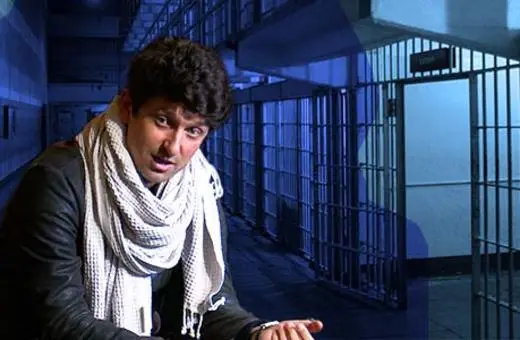Movies have an uncanny ability to evoke emotions within us, captivating our hearts and minds as we watch the stories unfold on the big screen. This intimate connection between movies and emotions is evident in the way we choose films based on our affective mood, seeking a good cry or a hearty laugh. While the notion of "identification" with characters is often considered the source of emotional engagement in movies, this concept proves ambiguous and limiting. Noel Caroll offers an alternative account based on rejecting identification and looking to philosophy for answers.
Movies have an uncanny ability to evoke emotions within us, captivating our hearts and minds as we watch the stories unfold on the big screen. Its often said that we relate to the characters on screen While the notion of "identification" with characters is often considered the source of emotional engagement in movies, this concept proves ambiguous and limited in explaining the diverse range of emotional responses we experience. Instead, a more comprehensive concept called "criterial prefocusing" emerges, emphasizing how filmmakers purposefully structure scenes, characters, music, and other cinematic elements to elicit specific emotional reactions from the audience. This approach not only sheds light on the phenomenon of emotional engagement in movies but also explores its potential for both positive transformation and manipulation in our affective culture.
___
In the course of everyday affairs, the emotions operate like spotlights.
___
Movies impart the impression of movement. But they also move us emotionally. Indeed, that may be one of the most, if not the most, important reasons that we head to the cinema. For movies enable us to undergo emotions without cost – to experience fear without the risk of danger, sadness without experiencing loss, anger without being harmed, and so forth.
Perhaps the intimate connection between movies and the emotions is borne out by the fact that many of the most popular movie genres are named after the emotion they promise to deliver, such as mystery, horror, suspense, tear-jerkers or weepers (a.k.a. melodramas), and thrillers. Often, we choose the movie that we want to see tonight on the basis of our affective mood – tonight I feel up for a good cry or, alternatively, in need of a hearty laugh.
Engaging our emotions is typically an essential element to our following a movie. If like Thomas Hobbes, you regard curiosity as an emotion, then the question of what comes next keeps us glued to the screen on a moment-to-moment basis. Moreover, the anger or even hatred that the movie engenders toward the villain shapes the way in which we eagerly track the story in anticipation of his downfall. And contrariwise, the admiration and attraction we feel for the hero leads to our anxiety when she is beset with obstacles and to our joy when the obstacles are overcome.
Given the centrality of arousing emotions in movies, offering an account of the phenomenon is unavoidable.





















Join the conversation